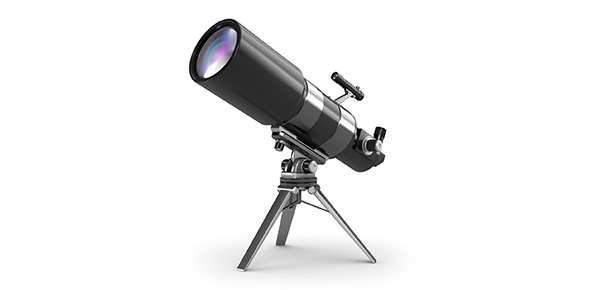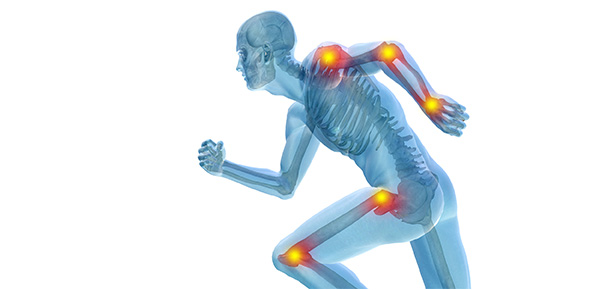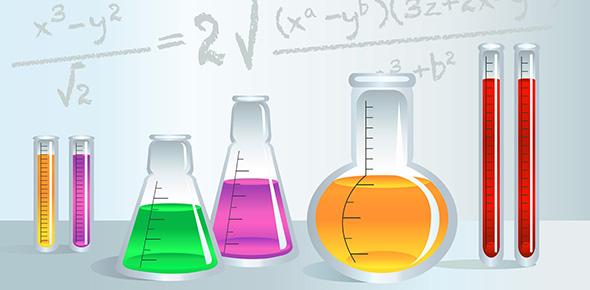Related Flashcards
Related Topics
Cards In This Set
| Front | Back |
|
What is the cerebral cortex and its function?
|
The PROTECTIVE outer layer of the brain covering the two hemispheres (2 - 5mm)
Wrinkled and folded to increase Surface Area Involved in HIGHER mental processes activities such as - Perception, language, learning, memory, thinking, problem-solving, planning/control of body movements |
|
Function of -
Sensory Cortex? Motor Cortex? Association Cortex? |
Sensory - Located in the Parietal Lobe Receives and processes info from our different senses
Motor - Located in the Frontal Lobe Receives, processes and sends info about voluntary body movement Association - compromises of all areas of the cerebral cortex which are not sensory/motor in function integrates sensory, motor, other information Involved in complex mental abilities such as - perception, problem-solving |
|
Specialisation of left and right hemisphere and Corpus Callosum?
|
Corpus Callosum - nerve tissue strand located between the left and right hemisphere, acting as the main communication pathway between the left and right hemisphere in exchanging information.
Left hemisphere - Receives/Processes senses/body movement from the right side of the body verbal, sequential thinking, logic Right hemisphere - Receives/Processes sense/bodily movement from the left side of the body spatial/visual thinking, creativity, imagination, recognition of emotions/body language. |
|
What is the role of the Frontal lobe?
Role of the association areas |
Primary motor cortex -
Left frontal lobe controlled voluntary bodily movement of the right side of the body, vice versa. involved with personality, control and expression of emotions association - receives information from other lobes to enable us to perform complex mental functions Personality Emotion |
|
Where is the Broca's area located and what is its function?
What is the result of damage to this area? |
Located in the LEFT Frontal Lobe
coordinates muscles needed for the production of fluent speech Also involved with understanding the grammatical structure of sentences Broca's aphasia - production of speech that is very deliberate, and consists of simple grammar and short sentences. Can be easily confused when structure is changed. |
|
Where is the Wernicke's area located and what is it function?
What is the result of damage to this area? |
LEFT temporal lobe and connected to the Broca's area.
Involved in grammatical comprehendable speech, and speech interpretation. involved in the storing of grammatical codes for comprehension of language Interprets written words Locates appropriate words from memory to aid speech and writing. Wernicke's aphasia - impairment of understanding/speaking language. Patient can generate fluent but ungrammatical and meaningless speech |
|
What is Neglect Syndrome?
|
Damaged right parietal Lobe
patient acts as though the left side of the world does not exist. |
|
What were Split Brain Operations? What were these operations used for?
|
Used in the 1940s to minimise/stop seizures in severe cases of epilepsy.
Involved surgically cutting the corpus callosum to sever communication between the left and right hemisphere. Split brain patients have demonstrated how left and right hemispheres function when they can no longer communicate with each other. |
|
What did Sperry discover on his experimentation on Split Brain patients?
|
Found that split-brain patients could recognise a picture of an object but could not name it, indicating that one hemisphere is primarily responsible for visual recognition of objects,(right) and the other is for language.(left)
Cutting the neural pathways between the two hemispheres prevented exchange of this information Patients could not link cerebral information about the image of the object (right hemisphere) and the information about the name of this object (left) |
|
What is a tachiotoscope?
|
A type of projector that can be used to present visual information to each visual field. Usually involves flashing information onto a screen while a participant focuses on the centre point marked by a dot/cross.
|
|
What is the role of the Parietal Lobe and its association areas?
|
receives and processes sensory information from the body and and other sensory information to the brain.
Role - the left parietal lobe receives sensory information from the right side of the body, vice versa.
the amount of cortex devoted to a particular body corresponds to the sensitivity and amount of body part use. association - integrates information about the body's limb positions and movements with information about vision transmitted from the visual cortex visual attention spatial reasoning determining where objects are located in the environment |
|
Role of the Temporal Lobe?
Role of the association areas? What happens to your ability to recognise your friend's face after damage to your temporal lobe? |
Role - auditory perception, left temporal lobe receives/processes sound from the right ear
Features enabling quick identification of sounds - Frequency (pitch) and Amplitude (loudness) association - appears to be involved in memory, including linking emotions with memory/determining appropriate emotional responses Object identification Facial recognition Damage to your temporal lobe would have left you with the ability to describe your friend's facial features, sex, and their age; but you would lack the ability to recognise your friend as someone you know. |
|
Role of the Occipital Lobe and its association areas?
|
Involved in vision, damage can result in blindness.
association areas - interact with visual cortex in each occipital lobe to select, organise, integrate visual info. interprets visual information in a meaningful way - interact with association areas of frontal, parietal, temporal to integrate visual information with memory, language, sounds. |
|
The neural pathway of visual information?
|
Images formed on the retina are divided into left and right halves; processed in BOTH hemispheres. Information from the left half of the retina of each eyes are processed in the left hemisphere.
Information from the right half of retina of each eye are processed in the right hemisphere. Information from the left visual field ends up in the primary visual cortex of the right hemisphere, vice versa. |
|
If you put your hand over your right eye, and use your left eye to tell the time on the clock on the wall in the
examination room, the visual information from your left eye would be processed in the. . . |
The image formed on the retina of the left eye is divided into left and right halvves, processed in BOTH hemispheres.
Information from the left half of the retina would be processed in the left hemisphere, while information from the right half of the retina would be processed in the right hemisphere. |







